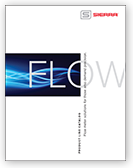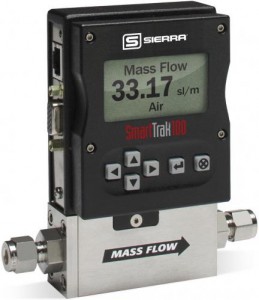Official Blog of Sierra--Let's Talk Flow!
Pressure Regulation Can Be a Sticky Wicket with Flow Meters
In the world of mass flow control, it sometimes surprises me how often issues with mass flowmeters can be attributed to improper sizing of pressure regulators. But given all the intangibles with mass flow, I do get it. So, if you are building a flow system that requires precision gas mass flow control, this is the post for you!
The most common mistake with pressure regulators is undersizing. Generally, the amount of physical mass moving through a regulator is miscalculated, usually by ignoring the multiplicative influence of pressure. And often, to avoid cost, a single regulator will be used where two in line may be more appropriate.
A lack of regulation capacity will result in one of two phenomenon:
- If it is a supply regulator, chances are flow will have a peak flow rate.
- If it is a back pressure regulator, then the pressure will climb without control above a given flow rate.
In either case, the Cv (volumetric coefficient of the orifice) is too small for the flow rate desired. Remedy this using a regulator with a large, more appropriately sized Cv*. If the flow rate you want is still significantly above the available regulative capacity of your equipment, try two regulators in parallel. This will split the volumetric load on each by half.
I am dedicating my next several posts to pressure regulation and droop with hopes that it will help you achieve the best possible gas flow control in your system.
Morgan Zealear, Engineer
Sierra Instruments

 Go to Autotest Division >
Go to Autotest Division > DOWNLOAD
DOWNLOAD